Mikhail Verevkin points his spyglass toward the Gulf of Finland and squints into the distance.
“One, two, three.” He counts 19 animals lounging on rocks before looking up. They are all gray seals. The Baltic ringed seal is nowhere to be found.
It’s April 20, the time of year when seal scientists like Verevkin, who works for the Russian Academy of Sciences, fly over the Baltic Sea to count numbers of the Baltic ringed seal, a marine mammal that, unlike the gray seal, is totally dependent on sea ice for raising pups.
But ice in the Gulf of Finland has been gone for weeks, due to an early spring. That’s been happening more lately: The last time Verevkin could count Baltic ringed seals in April was 2012. At that time, he estimated only a hundred of them remain in the Gulf.

The Baltic ringed seal is one of several subspecies of ringed seal, which live throughout the Arctic. About 200,000 Baltic ringed seals lived in the Baltic—including the Gulf of Finland, the Gulf of Riga, and the Bay of Bothnia—in the beginning of the 20th century.
Although hunting has been banned since the 1980s and pollution has decreased, the population has dwindled to about 10,000. In the Gulf of Finland, the species is declining due to a new threat—shrinking ice, according to the Baltic Marine Environment Protection Commission.
‘The Trend Is Real’
As the ocean heats up due to global warming, Arctic sea ice has been locked in a downward spiral. Since the late 1970s, the ice has retreated by 12 percent per decade, worsening after 2007, according to NASA.
Ice extent in the Baltic Sea has decreased by 20 percent in the past hundred years, and the length of ice season in the Gulf of Finland shortened by 41 days, the Baltic commission reports.
Climate models suggest the Gulf’s western part will be ice-free by 2050, while in the east, the “probability of severe winters will decrease and totally ice-free winters will increase,” says Jari Haapala, a research professor at the Finnish Meteorological Institute.
“The trend is real and is due to the global climate warming,” Haapala says. “There isn’t any other explanation.”
Though the ringed seal is not in danger of extinction, some of the subspecies, such as the Baltic, are under threat due to climate change, according to the International Union for Conservation of Nature.
Separated by Ice
Seen from space, the Gulf of Finland is an outstretched arm pointing east. At its index finger lies St. Petersburg, a city of five million in the Neva River Delta. Although seals swim throughout the Gulf in the warm months, they need ice to breed and come close to the city ahead of winter, where the Gulf freezes first.
Then they migrate west, toward Finland, together with advancing ice.
Pregnant females look for ideal places to give birth in late February and early March. They make shelters, forming ice holes and digging lairs in snowdrifts with their sharp flipper claws. This is where they nurse the pups, in solitude, for up to two months.
An early thaw turns this fine-tuned system on its head.
Lack of snow means females cannot build lairs and end up giving birth on open ice, which leaves pups vulnerable to eagles. As ice breaks up, the pups can be separated from lactating mothers before they can survive alone. Exhausted pups washed up on land are easy prey to foxes and dogs.
Winds sometimes even carry ice floes with newborns into the heart of St. Petersburg.
In early April, St. Petersburg local Anatoly Kapitonov looked out of his window and spotted a young Baltic ringed seal on a melting ice bank.
The animal had apparently swum up the delta, some five miles (eight kilometers), and gotten stuck in a small river surrounded by railway yards, spewing chimneys, and apartment blocks.
“I thought it was a dog or a cat,” he says. “But it was a seal, lying there grumbling.”
Rehab or Not to Rehab?
That particular seal lucked out: It was collected by the city’s Marine Mammals Research and Conservation Centre, a facility that treats and feeds stranded pups and releases them back into their habitat several months later.
“It became evident 10 years ago that climate change will impact seals in a negative way,” said Vyacheslav Alekseyev, the veterinarian who runs the center with his wife, Yelena Andriyevskaya.
So the seal-saving couple takes in all types of seals, trying to do their part to help the Baltic ringed seal survive.
They’ve even convinced the city to advertise an emergency hotline number on television for reporting stranded seals, as well as air ads about the animals’ plight on giant glowing billboards on the elegant avenues of Russia’s imperial capital.
The organization has treated seven Baltic ringed seals since 2013, when they started using the city’s water-treatment facilities as a rehab center.
Seal-rehabilitation centers are not unique to Russia, and scientists such as Verevkin are often wary of their conservation value.
Not every fluffy, wide-eyed pup needs intervention by humans, and when it does, it should be released within two weeks, Verevkin says.
Media attention can lead to more human disturbance if people start looking for seals on purpose and even “rescue” them when they’re not in danger.
Prolonged rehabilitation also makes animals less afraid of people, possibly encouraging them to return to ports—and end up in fishermen’s nets.
Seal Helpers
But when a population crashes, as in the case of the Baltic ringed seal in the Gulf, every animal counts—and some conservationists think human assistance is crucial.
“When lactation is disturbed, pups cannot gain enough weight and need help to be able to survive,” said Antti Halkka, who chairs the Baltic Seal Group at the nonprofit WWF Finland.
Finland—along with nonprofits and international aid—has successfully increased numbers of another ringed seal subspecies, the Saimaa ringed seal. World’s Deadliest: Bird of Prey Attacks Baby Seals
Bad-mannered human teenagers have nothing on the caracara. Armed with sharp talons, these juvenile gangs are the scourge of the Falkland Islands – and a group has cornered a defenseless baby fur seal.
In winter, volunteers use shovels and snow cannons to form artificial lairs for the birthing mothers, leading to a record number of pups—79—born in 2016, said Halkka.
But this cannot be replicated in the Gulf of Finland, where Baltic ringed seals are spread over a huge area far from the coastline.
To really help them, Halkka says, “we must cut greenhouse gas emissions.”
Uncertain Future
This year, Verevkin plans to take blood from some Baltic ringed seals in the Gulf to see if illnesses or other factors may be exacerbating their demise.
Whatever the reason, the future is looking uncertain for the animal that has thrived in one of Earth’s harshest places for thousands of years.
“The ringed seal doesn’t really survive in zoos,” he says.
“If they are gone from here, they are not coming back.”
This article was first published by National Geographic on 09 May 2016.
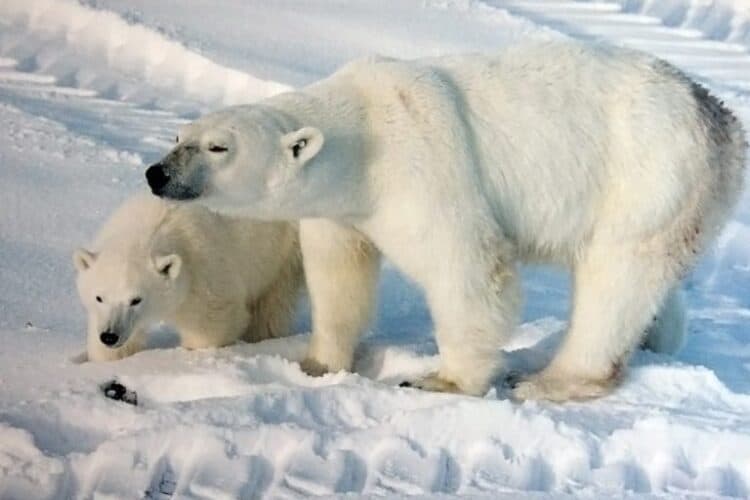

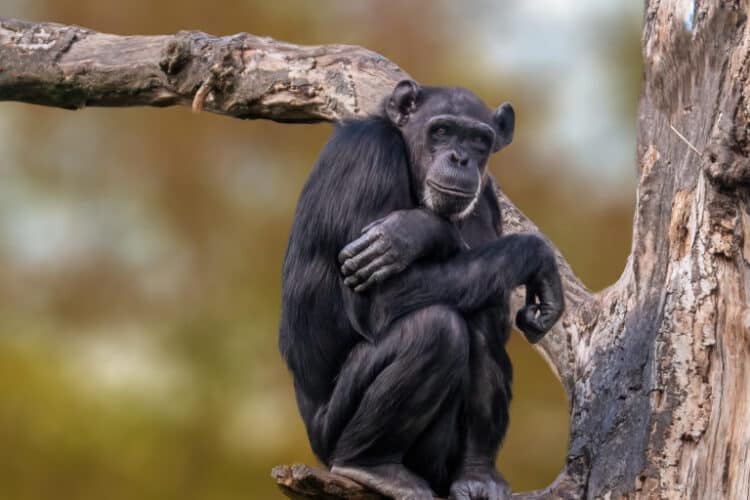
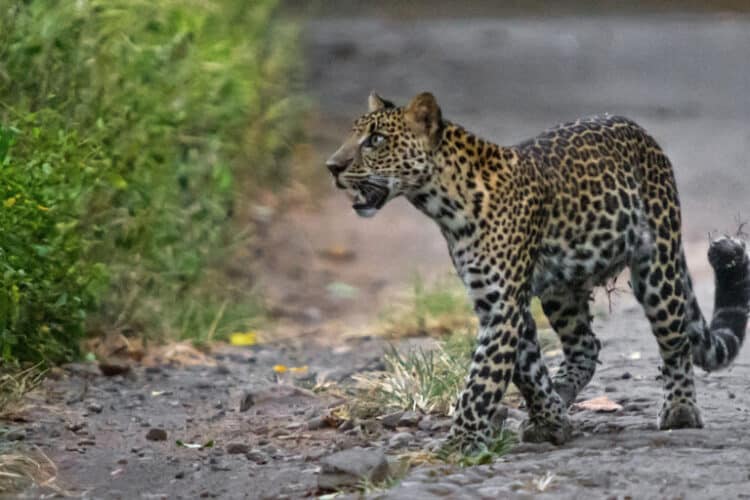
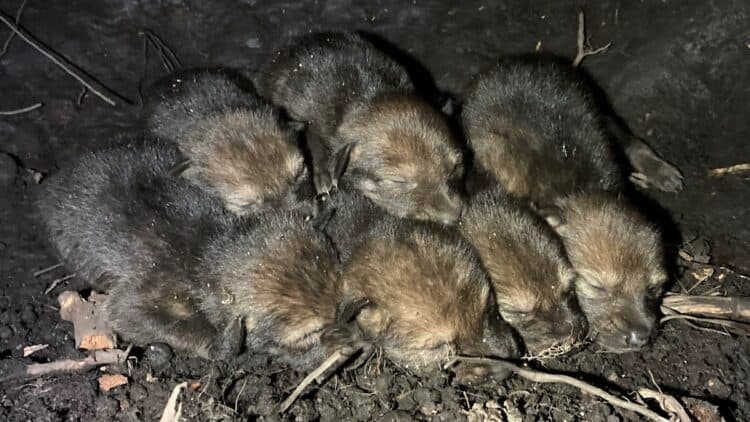
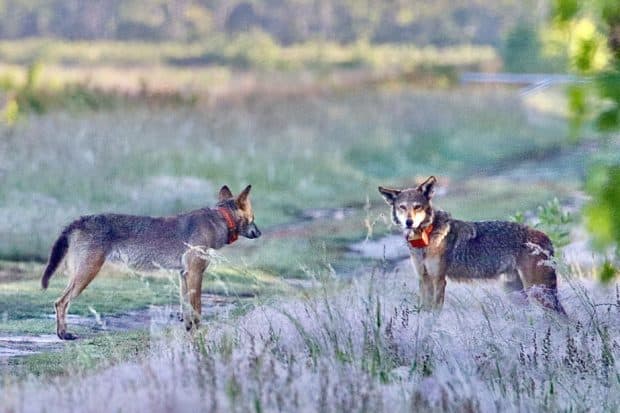
Leave a Reply